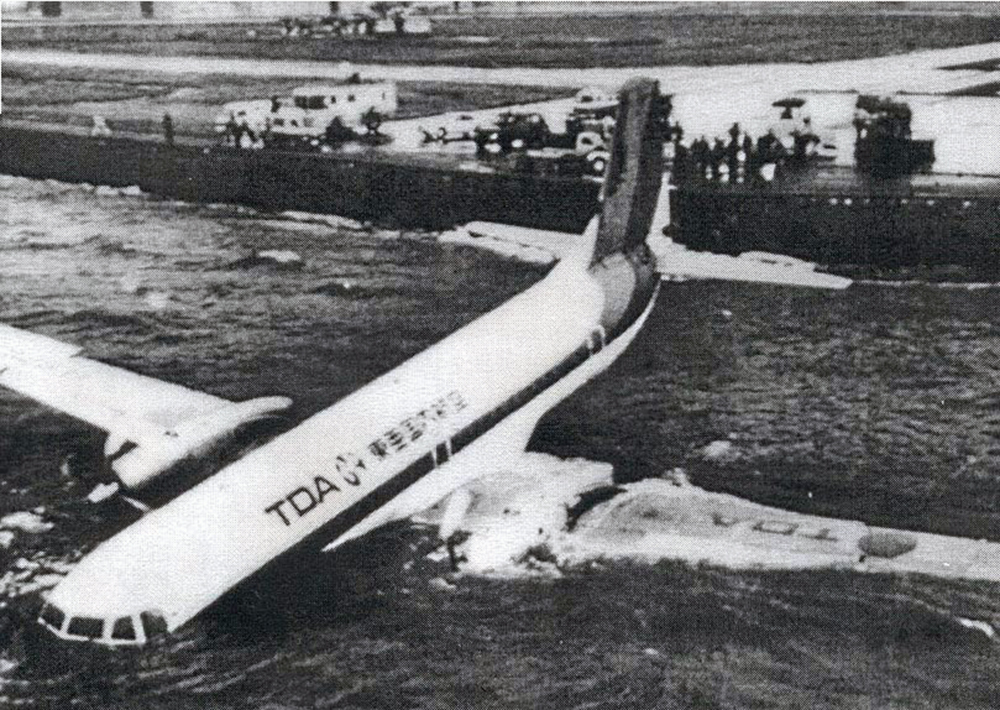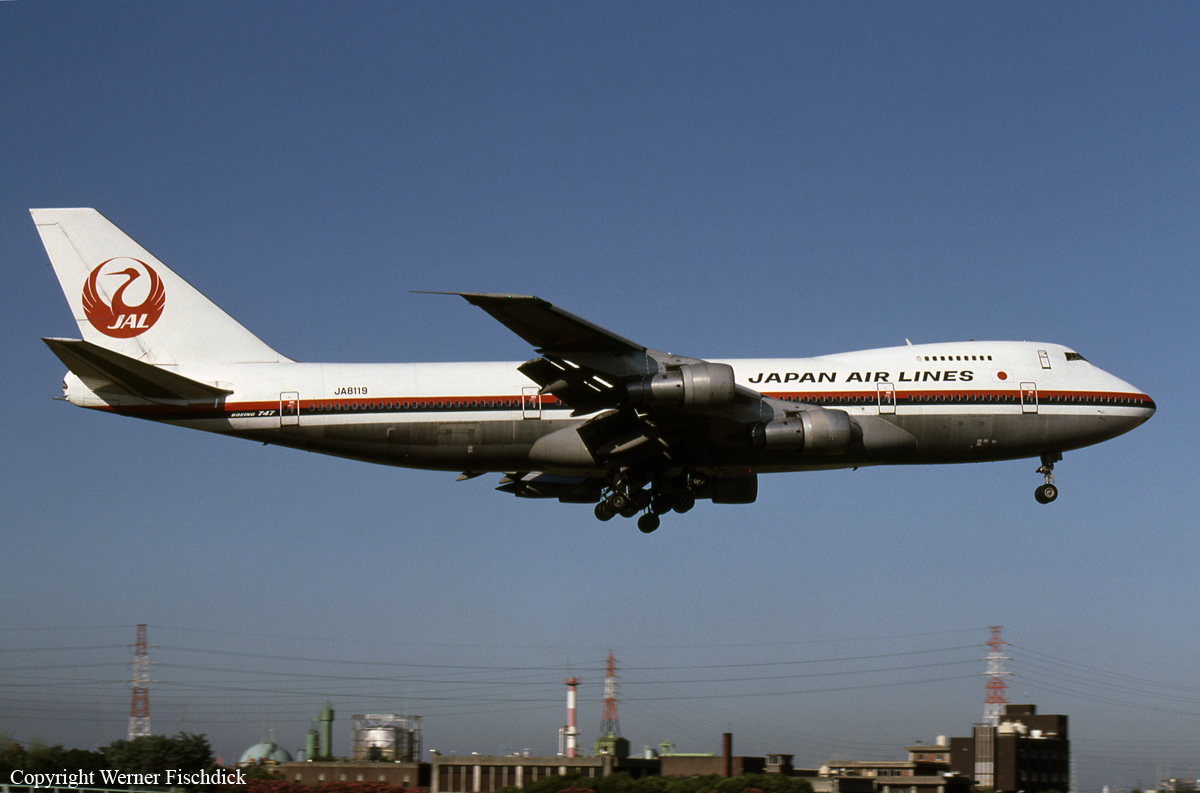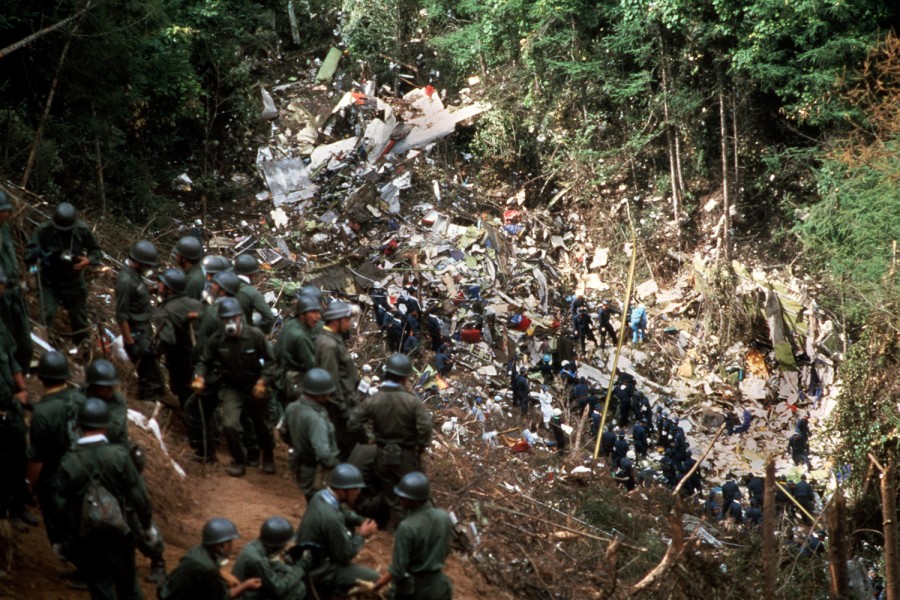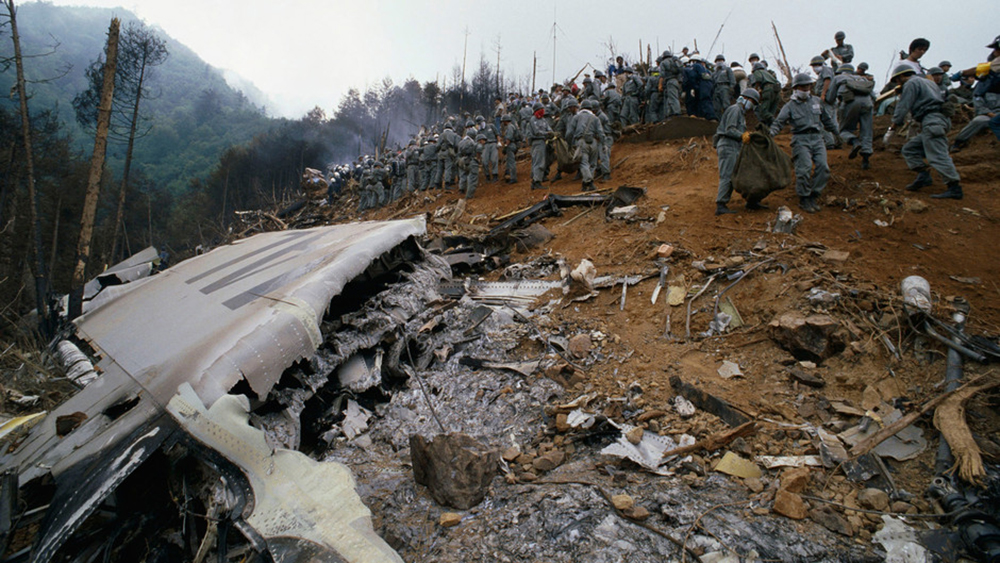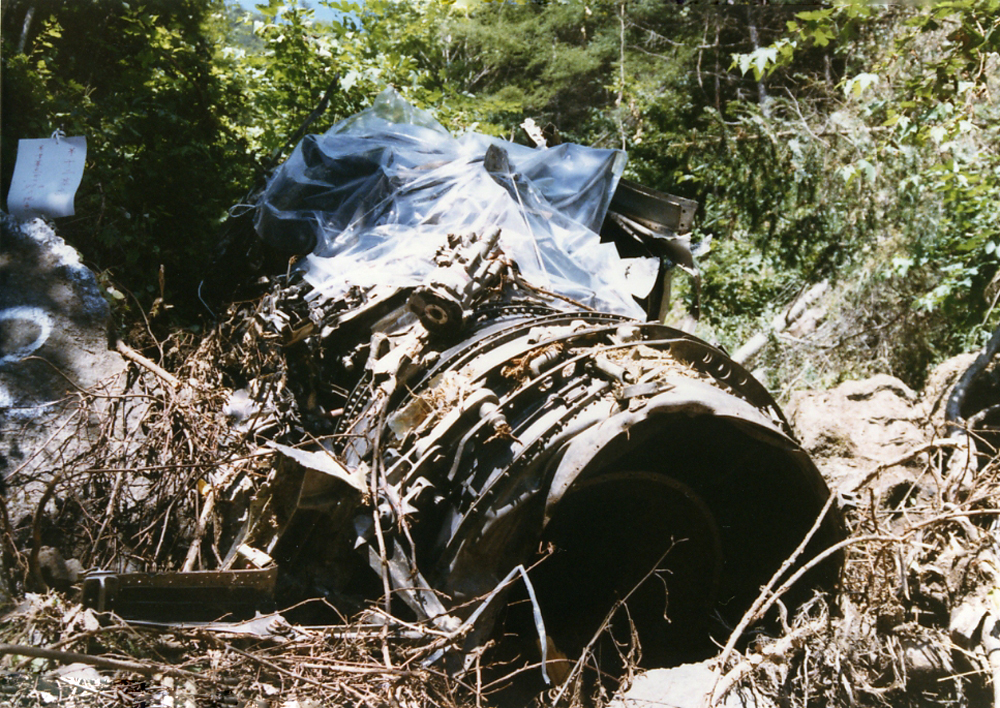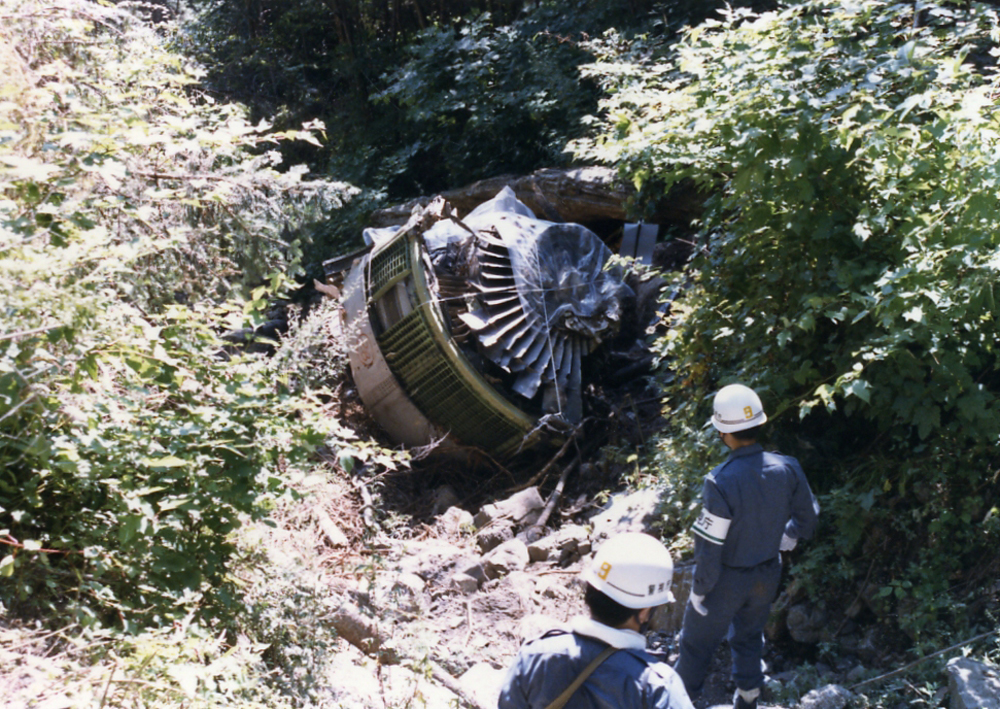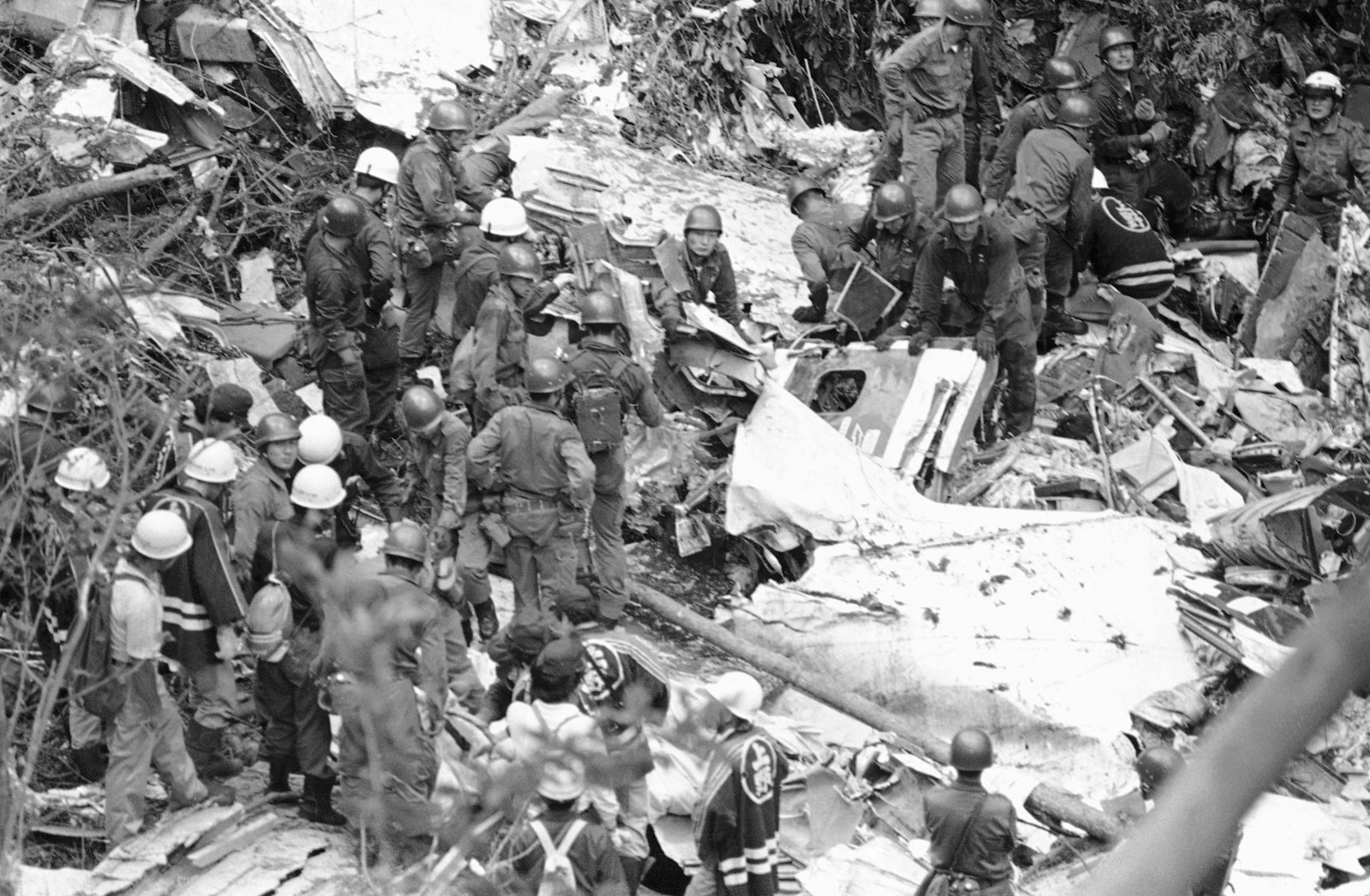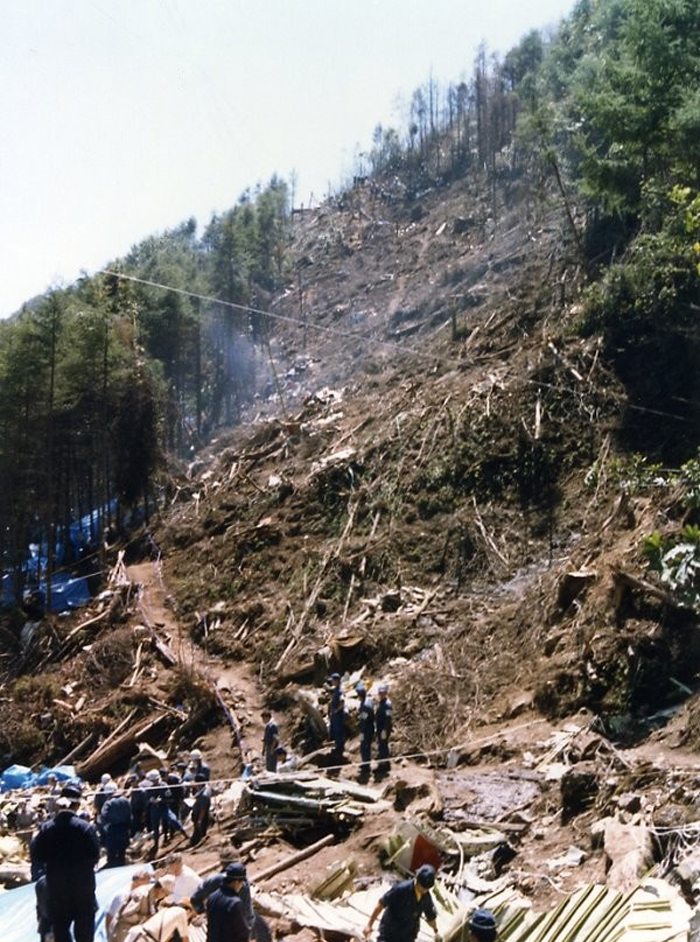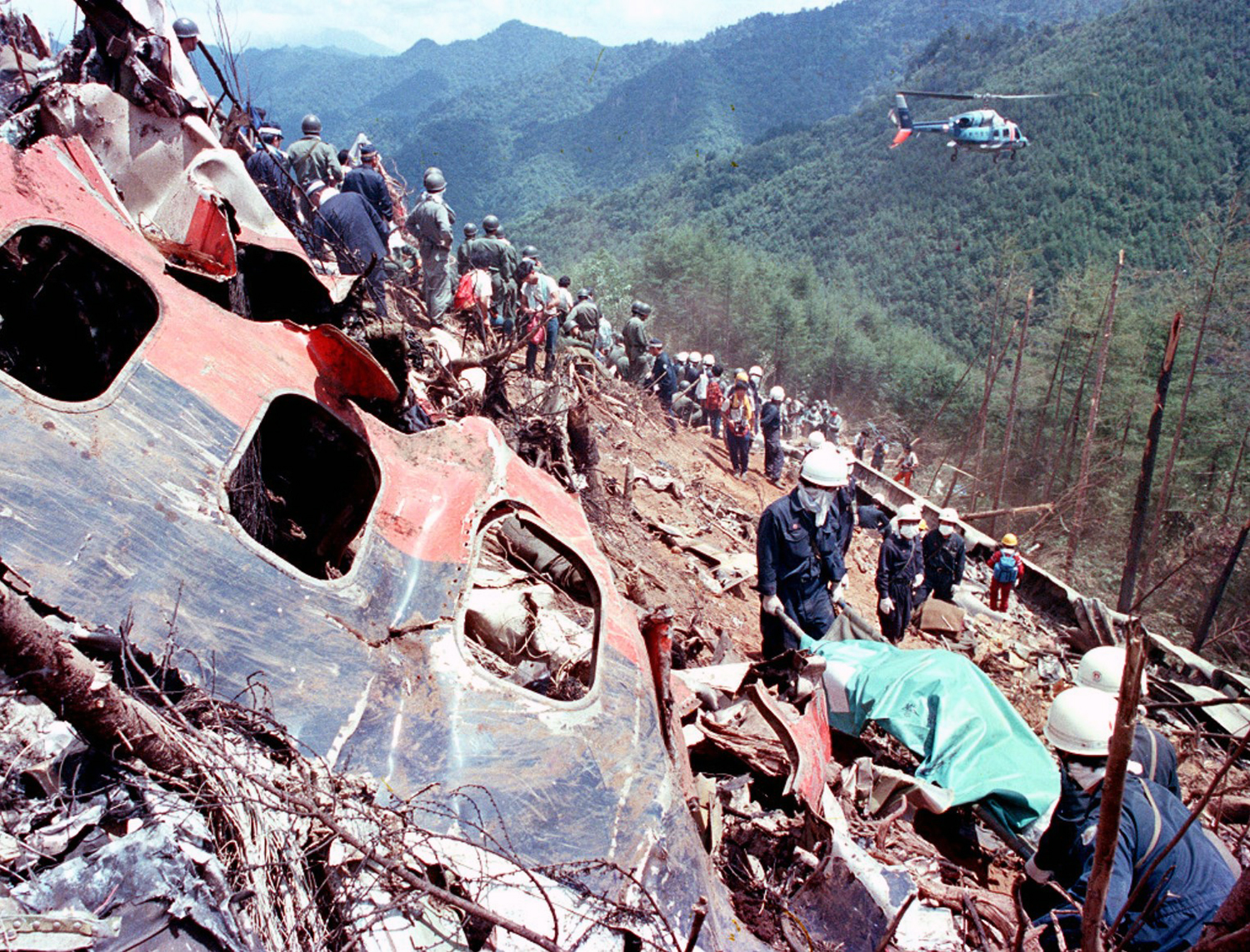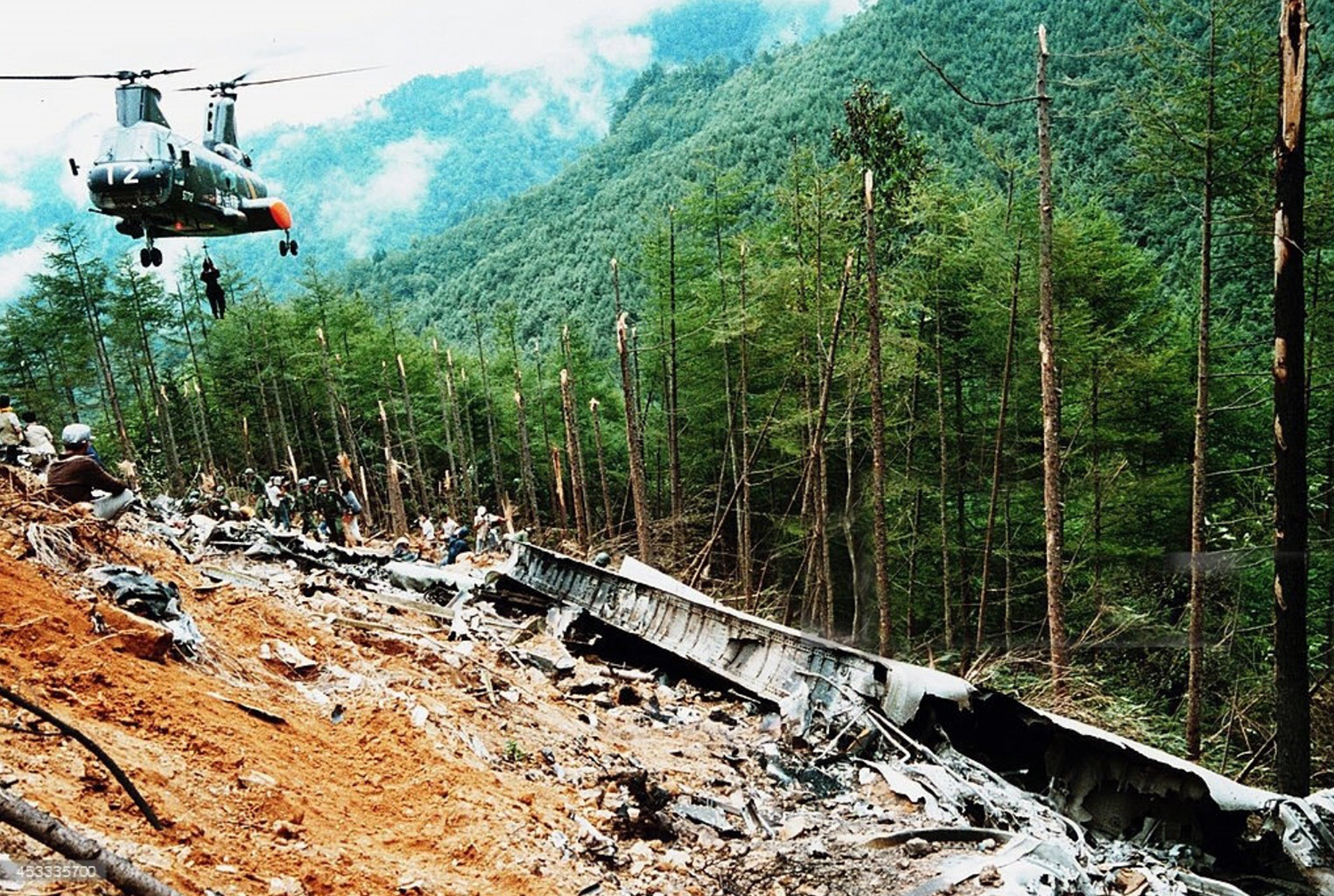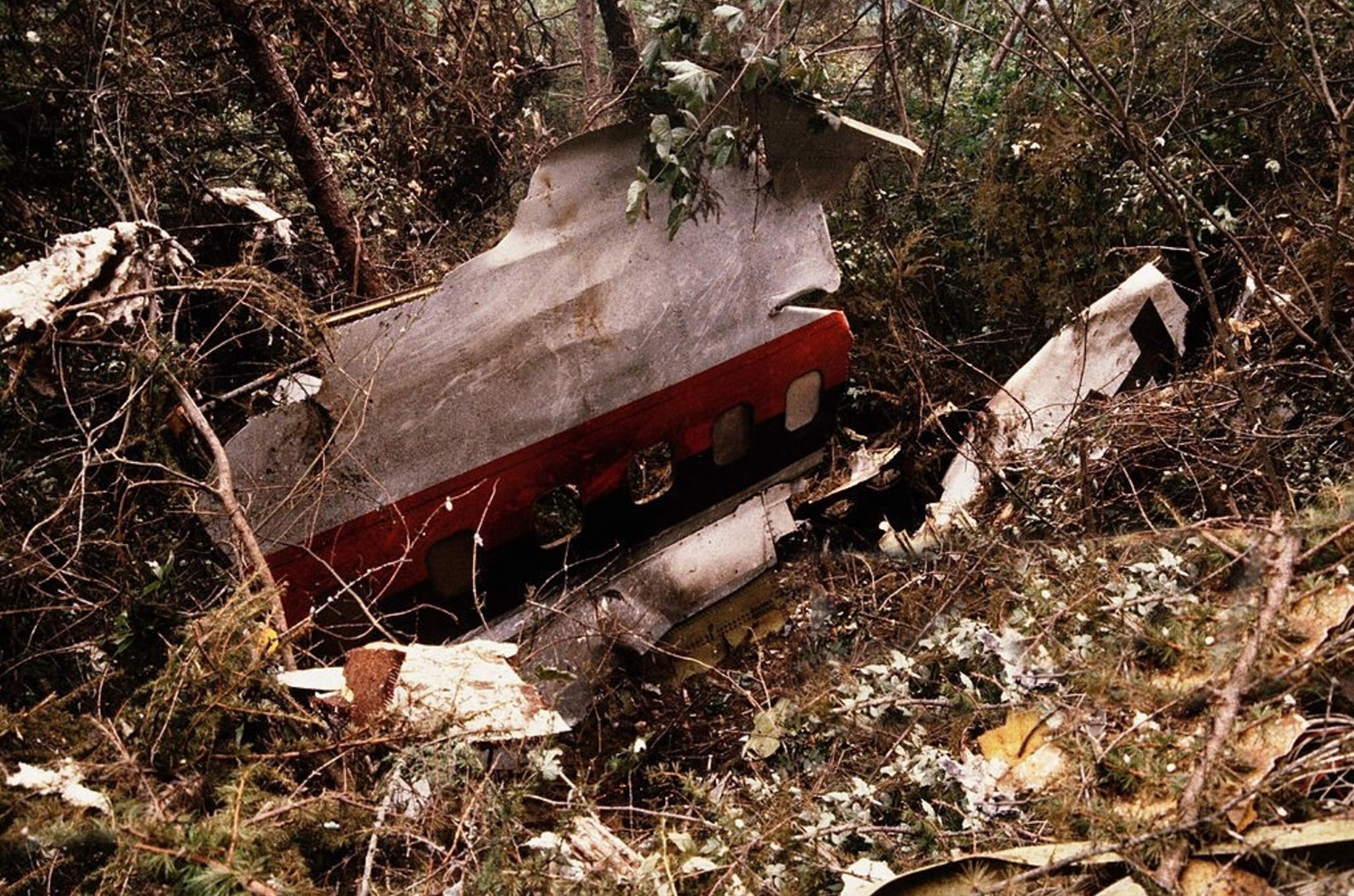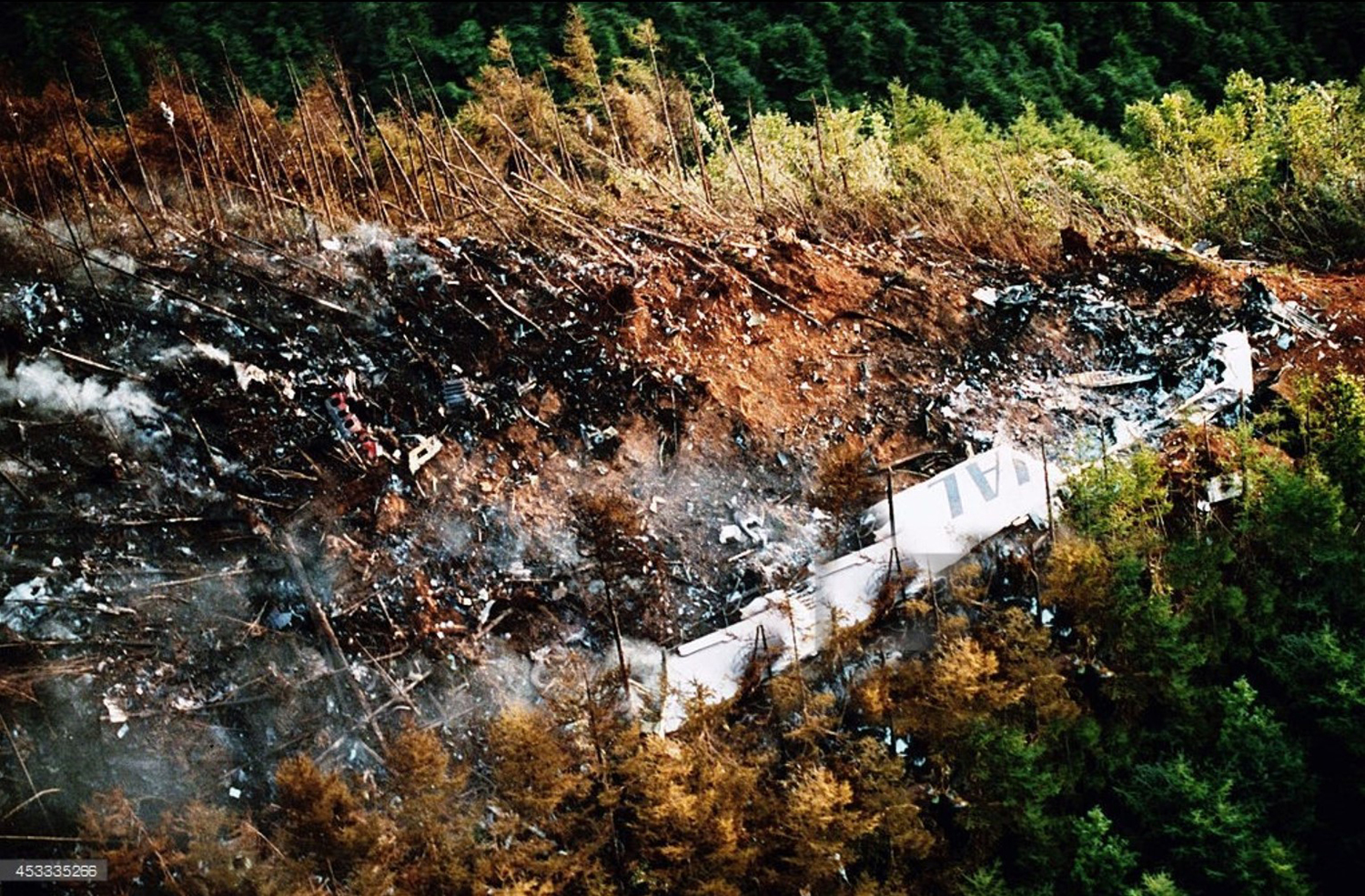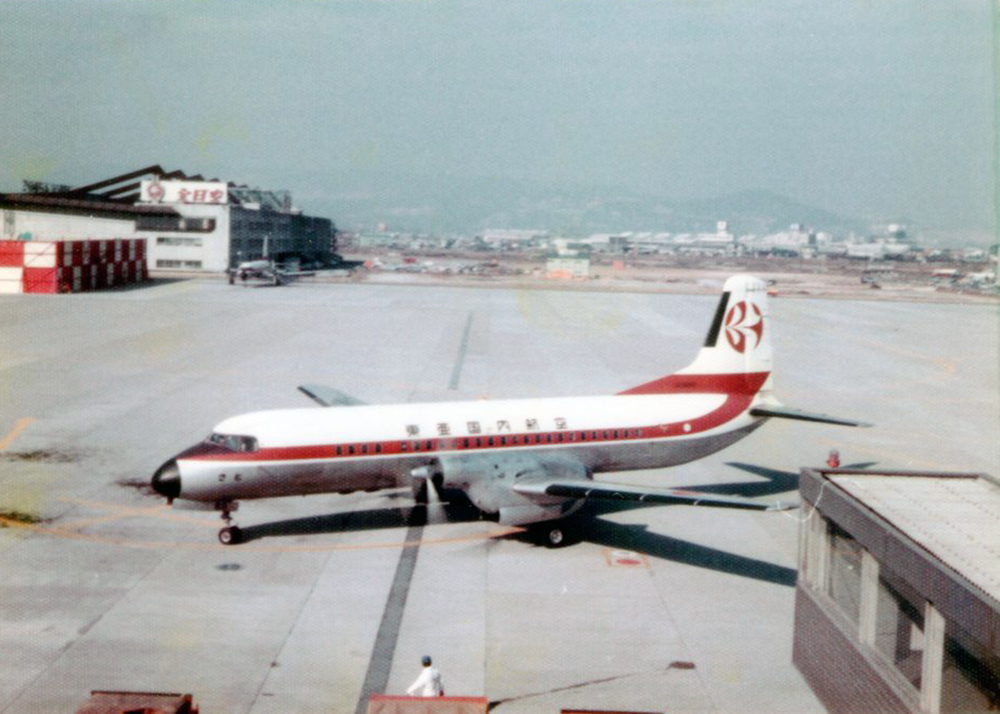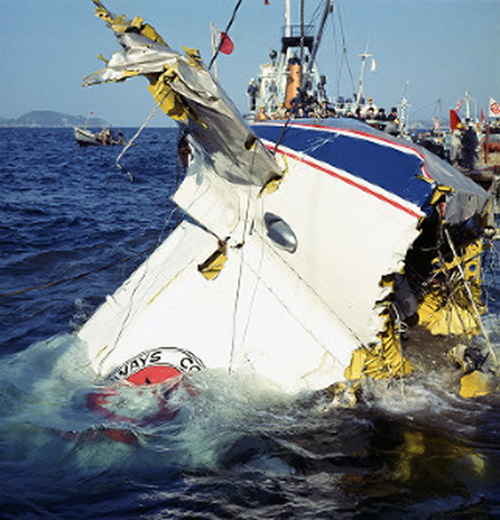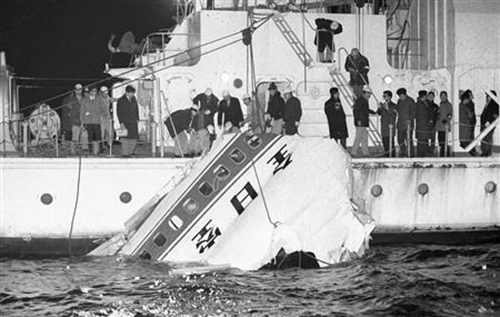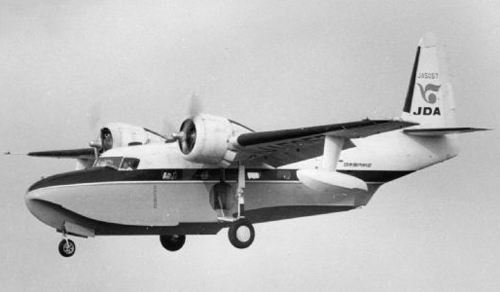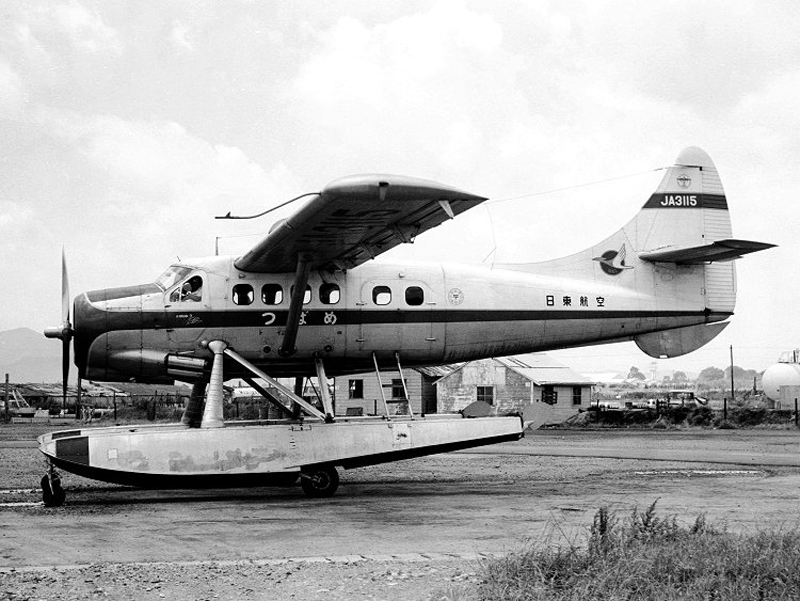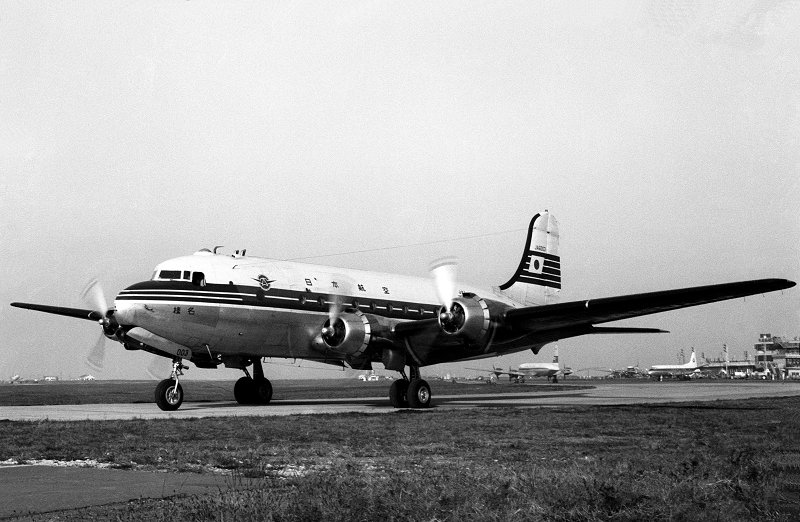Crash of a NAMC YS-11-109 in Yonago
Date & Time:
Jan 10, 1988 at 0936 LT
Registration:
JA8662
Survivors:
Yes
Schedule:
Yonago - Osaka
MSN:
2022
YOM:
1966
Flight number:
JD670
Crew on board:
4
Crew fatalities:
Pax on board:
48
Pax fatalities:
Other fatalities:
Total fatalities:
0
Circumstances:
During the takeoff roll on runway 25, as V2 speed was reached, the copilot (pic) started the rotation but found the elevator control too heavy and decided to reject the takeoff. The crew initiated an emergency braking procedure but unable to stop within the remaining distance, the aircraft overran and plunged in the Nakaumi Lake. All 52 occupants were rescued, among them eight were injured. The aircraft was damaged beyond repair.
Probable cause:
Weather conditions were marginal at the time of the accident with light snow showers. It was determined that the crew failed to proceed to a deicing prior to takeoff. Thus it is believed that the elevator control may have been affected due to an accumulation of ice, frost and/or slush. It was also reported that the captain had been acting as such on YS-11 aircraft less then 6 months and that he was not allowed to leave the controls to the copilot during takeoff.
Final Report:

